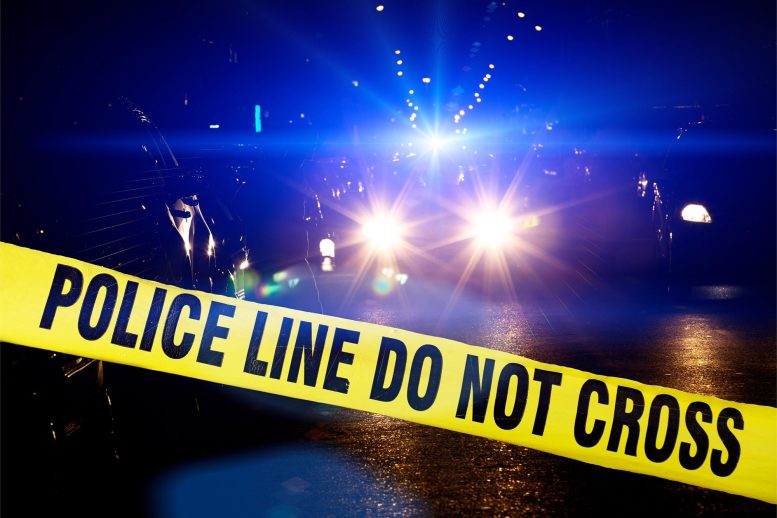
A 25-year study following Chicago residents has found that 56% of Black and Hispanic individuals and 25% of White individuals witnessed a shooting by age 40. The research, led by a University of Cambridge criminologist and conducted in collaboration with Harvard and Oxford universities, revealed that men were more likely to be shot, but women were only slightly less likely to witness shootings. The chronic stress and health implications resulting from exposure to gun violence in Chicago and other cities across the US are a significant concern.
A study spanning 25 years reveals that over half of Chicago’s Black and Hispanic residents and a quarter of White residents have witnessed a shooting by age 40, highlighting the concerning impact of chronic stress and health implications due to gun violence exposure.
- Study following Chicagoans over a 25-year period suggests over half of the city’s Black and Hispanic population, and a quarter of its White population, have seen a shooting by age 40.
- Researchers followed over two thousand people, with 50% of all the study’s participants witnessing a shooting.
- Average age when first witnessing a shooting was just 14 years old.
- Women only slightly less likely than men to witness shootings, despite men being far more likely to get shot.
- Such levels of violence exposure may cause chronic stress and knock-on health implications for populations in Chicago and elsewhere.
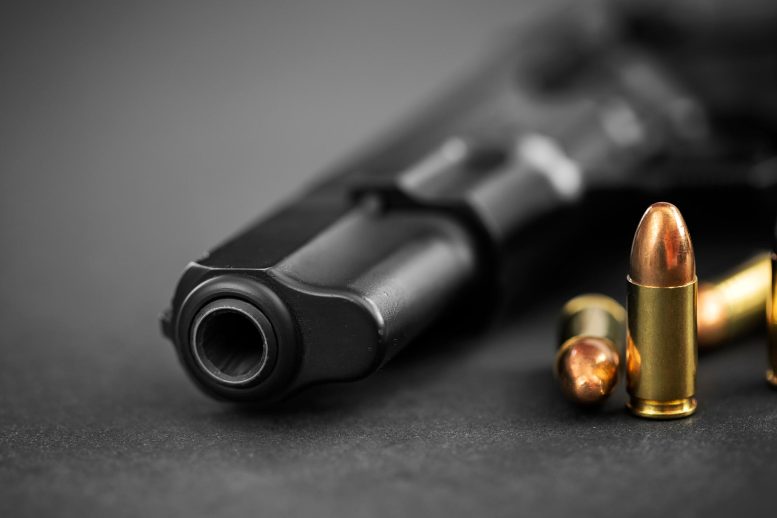
Illinois has relatively strict gun laws compared to many other states. Firearm owners in Illinois must have a valid Firearm Owner’s Identification (FOID) card, which requires a background check. Additionally, there is a waiting period for purchasing firearms: 72 hours for handguns and 24 hours for rifles and shotguns. However, despite strict gun laws, Chicago has a high rate of gun violence.
A study tracking the lives of Chicagoans from childhood and adolescence in the 1990s to the start of middle age has found that 56% of Black and Hispanic residents from across the city witnessed at least one shooting by the time they turned forty.
White residents were exposed to gun violence at less than half the rate of Black and Hispanic residents, although it was still high: 25% of White Chicagoans had witnessed a shooting before turning forty.
Chicago is the third-largest city in the United States, with a population of approximately 2.7 million people. As of 2021, the city’s racial and ethnic composition is roughly 32.8% non-Hispanic White, 29.7% non-Hispanic Black, 29.0% Hispanic or Latino, 6.5% Asian, and 2.0% of other races or mixed race.
Across all racial categories, 50% of the study’s participants had been exposed to gun violence by age forty. The average age to witness a shooting was just 14 years old.
Of those in the study, more than 7% of Black and Hispanic people had themselves been shot before turning forty, compared to 3% of White people. The average age for being shot was 17 years old.
Researchers also compared the locations of gun violence incidents[1] in the year leading up to recent study interviews in 2021. Rates of shootings within a 250-meter radius of the homes of Black participants were over 12 times higher than those of White participants. Rates of shootings near the homes of Hispanic people were almost four times higher than for White people.
The research team continued to gather data for participants who had moved out of the city, although the vast majority of gun violence took place within Chicago.
The sustained stress of living with the potential for gun violence likely takes a “cumulative physiological toll” on Chicago’s citizens – and people in cities across the US, argue researchers.
Findings from the latest study, led by a University of Cambridge criminologist in collaboration with researchers from Harvard and Oxford universities, are published today in JAMA Network Open, a journal of the American Medical Association
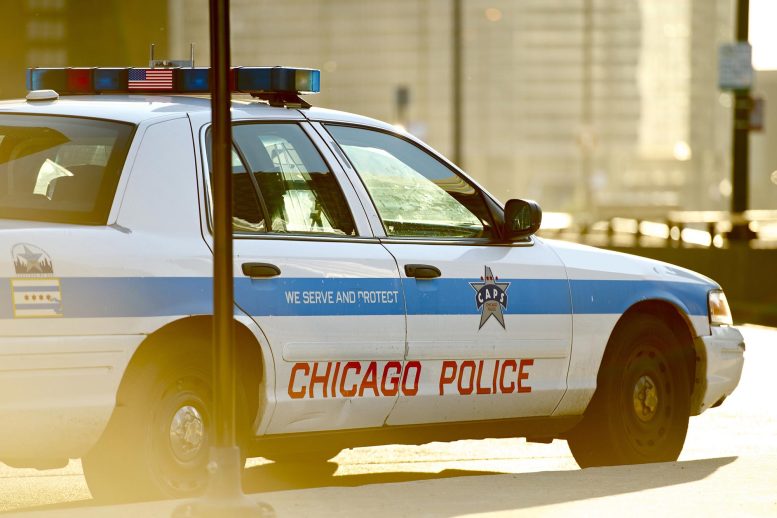
Chicago has a long history of Democratic political dominance. The city has not had a Republican mayor since 1931, and the Democratic Party holds most elected positions at the city and state levels.
“Existing evidence suggests that the long-term stress of exposure to firearm violence can contribute to everything from lower test scores for schoolkids to diminished life expectancy through heart disease,” said study lead author Dr. Charles Lanfear, from the University of Cambridge’s Institute of Criminology.
“We expected levels of exposure to gun violence to be high, but not this high. Our findings are frankly startling and disturbing,” said Lanfear. “A substantial portion of Chicago’s population could be living with trauma as a result of witnessing shootings and homicides, often at a very young age.”
“It is clear that Black people, in particular, are often living in a very different social context, with far higher risks of seeing and becoming victims of gun violence in the streets near their homes lasting into middle age.”
The Project on Human Development in Chicago Neighborhoods (PHDCN), a Harvard University study, has followed thousands of children since they were first surveyed in the 1990s, gathering life experiences as they grow up in the city or move away. Participants are from households selected at random from a set list of eighty Chicago districts – carefully chosen to reflect Chicago’s spectrum of race and levels of social advantage, or lack thereof.
The latest research focused on data gathered from the 2,418 of participants born in the early 1980s through to the mid-1990s, equally split between men and women.[2]
The oldest study participants, born in 1981, hit adolescence in the early-to-mid 1990s when lethal violence reached a peak in the US. “The nineties saw a demographic bump collide with high poverty levels and rises in gang crime resulting in part from the crack epidemic,” said Lanfear.
“However, since 2016 we have seen another surge in gun violence. Rates of fatal shootings in Chicago are now higher than they ever were in the nineties.”
Men are far more likely to be involved in violent crime, and this is reflected in the risks of actually being shot by age 40, which are five times higher for men than women. However, there was a much smaller difference between the sexes for exposure to gun violence: 43% of women and 58% of men had seen someone shot.
“The chronic stress effects on women from being so highly exposed to firearm violence may well be substantial in Chicago, and indeed in many US cities,” said Lanfear.
“The study participants are taken from right across Chicago, and only a tiny fraction will be involved in any kind of crime. Given the levels of women and children witnessing gun violence in the city, the vast majority of this exposure will be as bystanders in public spaces, in streets, or outside schools.”
“The public health consequences of life in violent and traumatized neighborhoods will be playing out not just in Chicago, but in many cities right across the United States,” Lanfear said.
Notes
- Taken from the Gun Violence Archive, and not-for-profit organization that collates data on gun violence drawn from sources including police departments, media and government agencies.
- Racial make-up of the study participants as follows: 890 Black respondents, 1146 Hispanic respondents, and 382 White respondents. The research looked at data from PHDCN study groups born in 1984, 1987, and 1996. The research team says they can safely estimate exposure to gun violence up to age 40 for the majority of the study participants. Even the younger group, now 27, is on track to compare with older cohorts, as most shootings are witnessed during youth.
Reference: “Inequalities in Exposure to Firearm Violence by Race, Sex, and Birth Cohort From Childhood to Age 40 Years, 1995-2021” by Charles C. Lanfear, PhD; Rebecca Bucci, PhD; David S. Kirk, PhD and Robert J. Sampson, PhD, 9 May 2023, JAMA Network Open.
DOI: 10.1001/jamanetworkopen.2023.12465



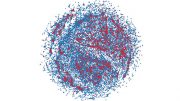


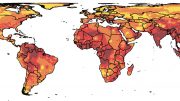

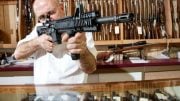
If one lives in a slaughter house, they can expect to see blood.
The take away from this is that despite federal gun control laws being uniform across the country, and most state laws being similar or more strict, there is a wide range in firearm homicide rates, showing geographic clustering. The question that isn’t being asked is “Why some cities, and even just parts of some cities, have firearm homicide rates 10-times that of other areas?”
The popular meme is that the very presence of guns is the cause of violence. Yet, the evidence for the distribution of gun ownership at the county or Health Service Area spatial resolution is not offered as proof of the assertion. Claims about the association are usually presented at the national or state level. It seems to me that the Media and researchers are looking at the problem of violence with blinders, constrained by their preconceptions of the problem and solution. They fail to realize that Prior Restraint laws have not had the desired impact, yet even more are the proffered solution. That is Einstein’s definition of insanity.
“…, as most shootings are witnessed during youth.”
That is an important point because there is, and has been for decades, a high correlation between the percentage of youthful males and the firearm homicide rate, punctuated by spikes in the rate with the introduction of new illicit drugs.
Murders, and the mass shootings that don’t make the headlines, are driven by gangs and the drug trade.
@ Clyde Spencer “Murders, and the mass shootings that don’t make the headlines, are driven by gangs and the drug trade.”
And THAT is what the media is ignoring. Remove that from the equation and let’s have another look at the numbers.